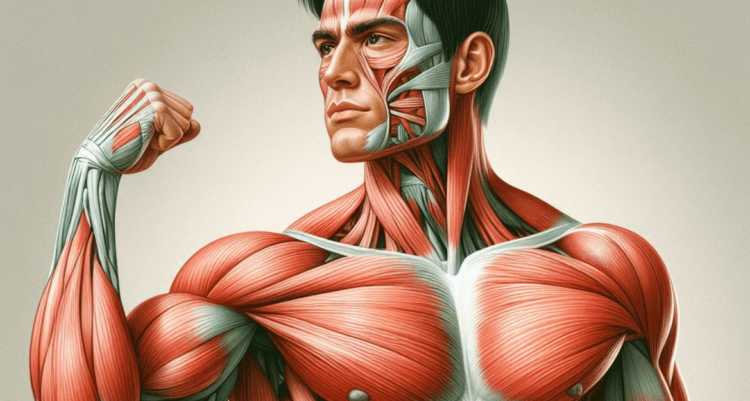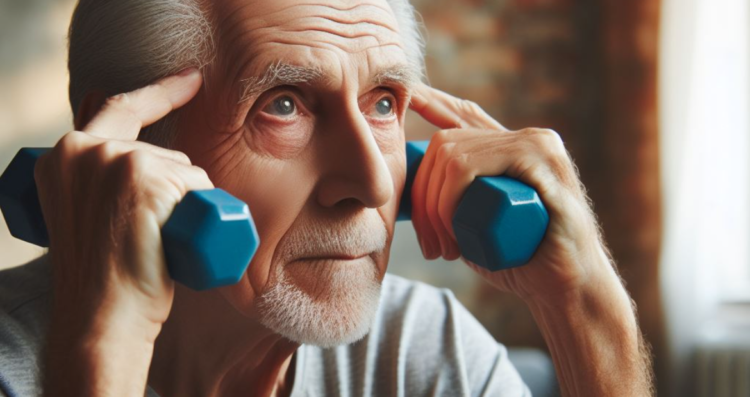The aging process has been attracting the attention of scientists for many years, because by understanding its causes, there is a high probability that aging will be resisted. As it turned out in recent decades, this process includes many mechanisms that together lead to the degradation of the body. These include changes in chromosomes, cellular stress, epigenetics, etc. All these processes are very difficult to reverse. However, a recent study showed that with age, changes also occur at the molecular level, and, as it turns out, they are easy to combat.

Scientists have told how to slow down the aging process
Fat that forms in old age
In previous studies on aging, fat molecules have never been considered as one of the mechanisms influencing the degradation of the body. The only thing that is known is that some fats contribute to certain age-related diseases. For example, cholesterol contributes to the formation of plaques in blood vessels, resulting in the development of serious cardiovascular diseases.
This time, scientists decided to conduct a comprehensive analysis based on tissues from mice and humans. To do this, they used a technology known as lipidomics. It can be used to determine the amount of different fats in the same tissue. In total, the authors of the work studied ten different mouse tissues, in which more than 1,200 unique types of lipids were identified.
In the study, scientists also found that older mice always had more fat in their tissues called bis(monoacylglycero)phosphate, or BMP for short. The authors then decided to analyze human muscle tissue, which was taken via biopsy from volunteers aged 20-30 to 65-80 years. The result was the same as in mice – the muscles of older people contain much greater amounts of this fat than the muscles of young people. Researchers report this in the journal Nature Aging.

With age, certain fat accumulates in muscle tissue, which can play an important role in the aging process
But the most interesting thing is that BMP lipids do not just accumulate in muscle tissue with age, but can be a driving force in the aging process. True, so far these are only preliminary conclusions. To confirm them, scientists need to conduct additional research.
How to get rid of harmful fat in muscles
Scientists have long discovered that physical activity slows down the aging process. For example, we previously talked about how sports slows down brain aging. It is also known that even short periods of exercise significantly reduce the risk of premature death. That is, sport is closely related to increasing life expectancy.
The current study is further confirmation of this. Scientists divided people into two groups, one of which exercised once a day for an hour, and the second led a sedentary lifestyle. As it turned out, the content of the BMP lipid even in older people who played sports was much lower than in people who led a sedentary lifestyle.

Exercise helps you get rid of bad fat
One of the reasons for this result is that that during physical activity the way lipids are broken down in the body changes. It is possible that lowering BMP lipid levels is one of the important reasons why exercise prolongs life.
As scientists themselves say, the idea that we can reverse aging has long been considered science fiction. However, recent discoveries provide much better understanding of the aging process. Moreover, research results indicate that most people can take advantage of the opportunity to prolong life.
Now the researchers want to find out what causes BMP accumulation in the first place as we age, and whether other methods can be used to reduce its levels in tissues. Unfortunately, not all people can exercise. For example, they are contraindicated for many due to health problems.

Daily walks in the fresh air can partially replace sports activities
It is possible that in the future It will be possible to develop a drug that will reduce BMP levels without any exercise. This is quite real, let us remind you that scientists have recently developed a drug that makes muscles grow and makes a person stronger without exercise.
Don’t forget to subscribe to our Zen and Telegram channels so as not to miss the most interesting and incredible scientific discoveries!
In the meantime, for those who cannot play sports, it is enough to at least take regular walks around the neighborhood. It has long been proven that even just walking is also very good for health.